PPT-The Coming of War 1931-1942
Author : tawny-fly | Published Date : 2018-10-13
Essential Question What world events eventually pulled America into World War Two Rise of Totalitarian States Totalitarianism theory of government in which a single
Presentation Embed Code
Download Presentation
Download Presentation The PPT/PDF document "The Coming of War 1931-1942" is the property of its rightful owner. Permission is granted to download and print the materials on this website for personal, non-commercial use only, and to display it on your personal computer provided you do not modify the materials and that you retain all copyright notices contained in the materials. By downloading content from our website, you accept the terms of this agreement.
The Coming of War 1931-1942: Transcript
Download Rules Of Document
"The Coming of War 1931-1942"The content belongs to its owner. You may download and print it for personal use, without modification, and keep all copyright notices. By downloading, you agree to these terms.
Related Documents

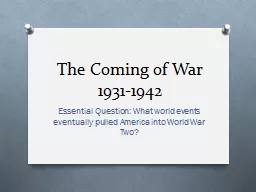


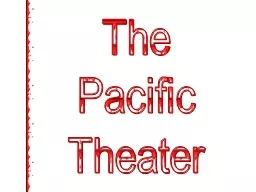
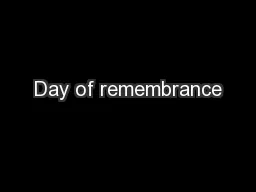
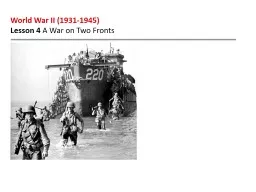
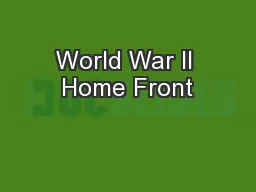
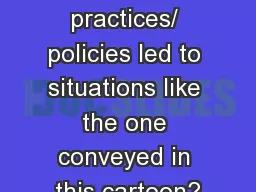

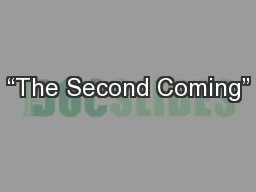
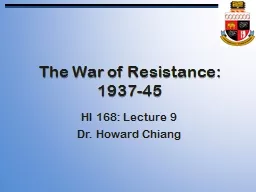
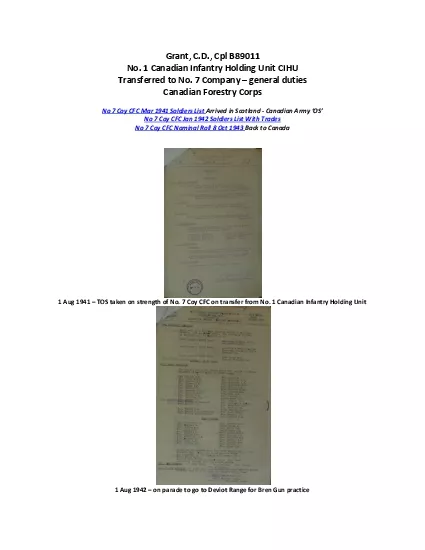
![[EPUB] - Joy of Cooking 1931 Facsimile Edition: A Facsimile of the First Edition 1931](https://thumbs.docslides.com/890379/epub-joy-of-cooking-1931-facsimile-edition-a-facsimile-of-the-first-edition-1931.jpg)
